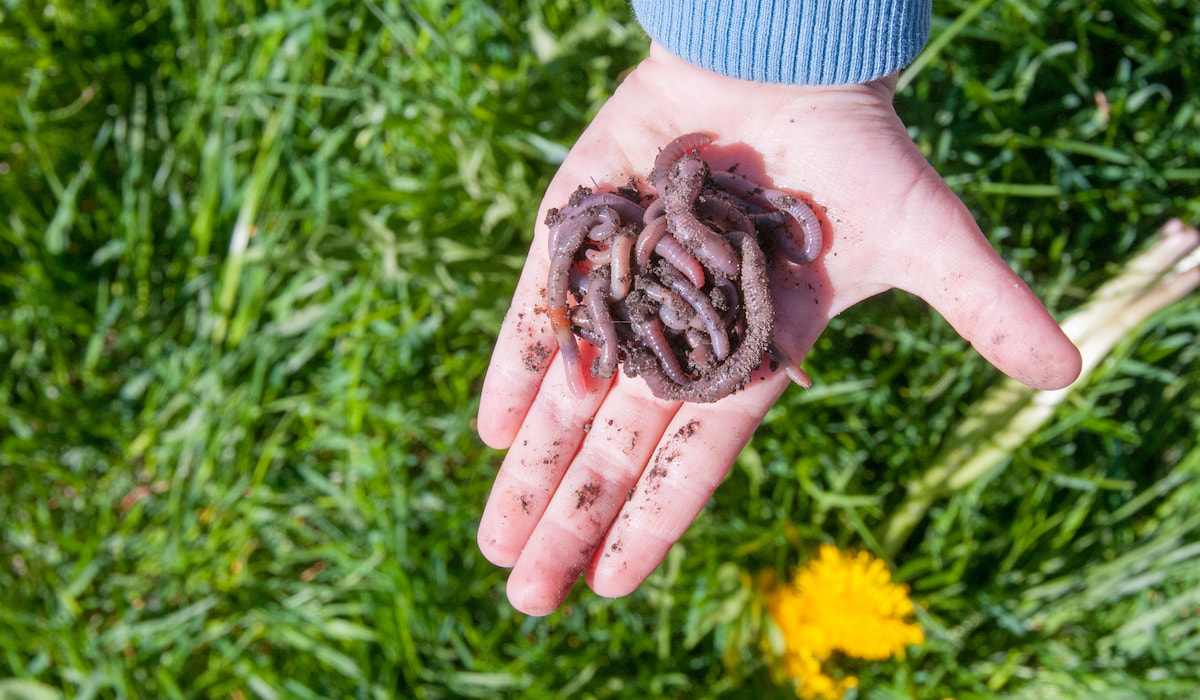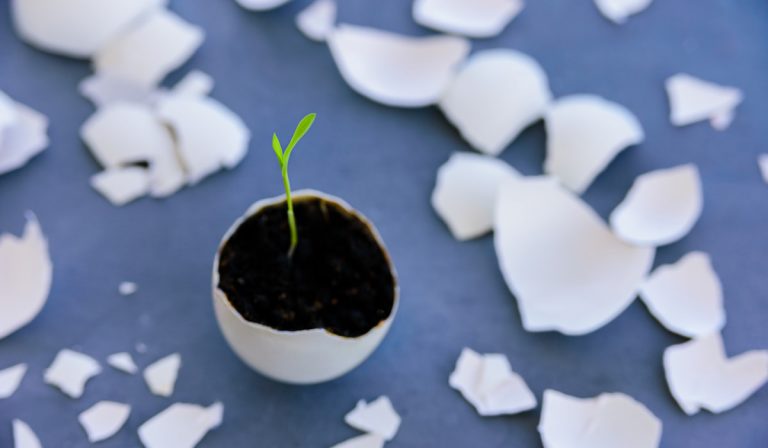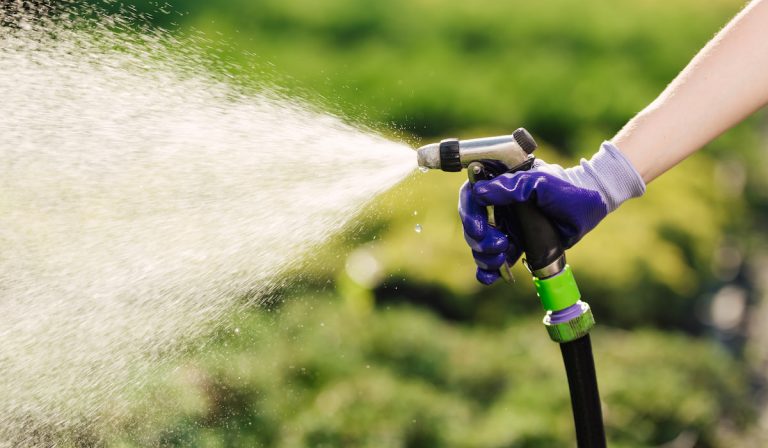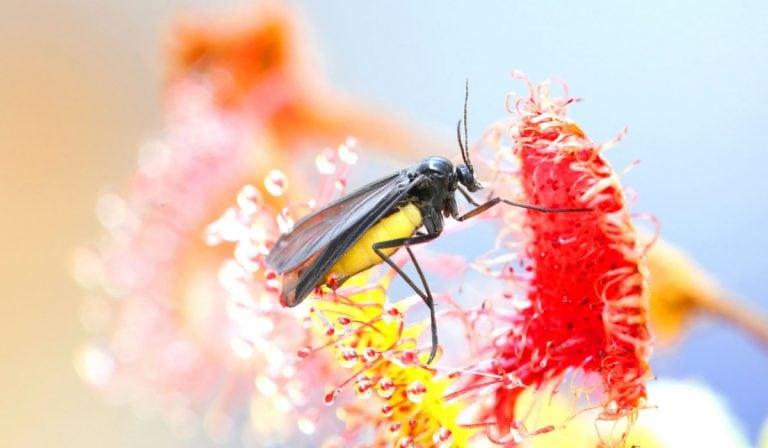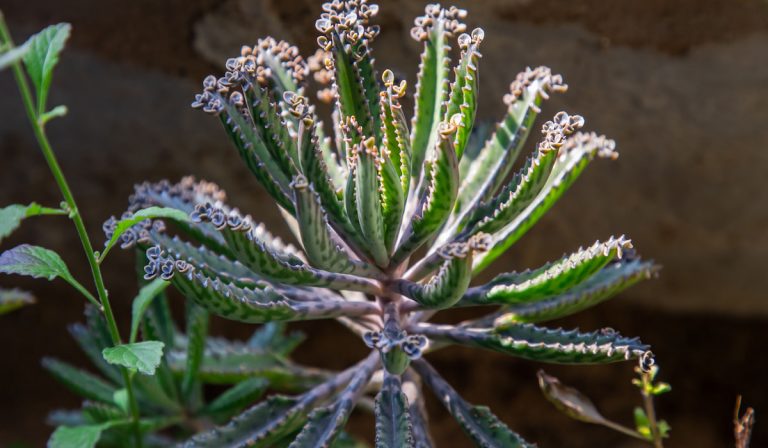Types of Worms in Potted Plants
Instances of worms in potted plants are a common sight for most gardeners, though it might be a disturbing sight for you, leaving you with more questions than answers.
Where did the worms come from? Are your potted plants safe with them in the soil? This article will give you a detailed look at the good and bad worms that you may find in your potting soil.
Table of Contents
Are worms good for plants?
Well, worms will always find their way into potted plants, and some are good for the robust growth and health of your plants. However, some are disastrous and can wreak havoc on your plants.
Worm castings (excretions) are natural and powerful sources of plant fertilizer. Worms benefit soils by consuming and further decomposing organic material. Furthermore, the pores they create as they move help aerate the soil and prevent it from being too compacted, making the processes of root growth, development, and attachment within the soil easier.
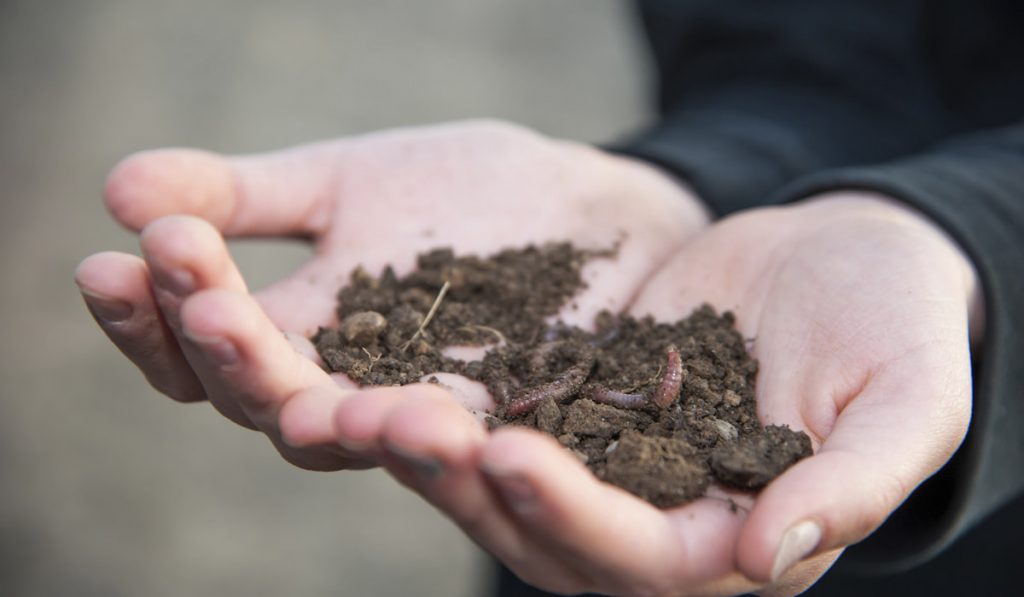
How do worms get into potted plants?
Worms are naturally found in the soil and are good for both the soil and the plants. They favor moist soils and are likely to be found in potted plants that need constant watering, unlike those adapted to dry conditions.
If you realize that you have worms in your potted plant, first ensure that it is of a beneficial species.
If you have non-beneficial worms and you want to get rid of them, it is first good to understand the root of the problem and know how the worms got there initially.
No matter the positioning of the potted plants, worms will likely get into the potting soil in several ways including:
- Using worm-infested soil from your garden.
- Gardeners may introduce worms to the potted plants to aid in soil aeration, and they eventually multiply.
- If the potted plants are left outdoors for extended periods, worms will eventually find their way in through moths, beetles, and butterflies who lay their eggs on the soil.
- If the plants are near other infested potted plants or soil.
Are Worms Beneficial to Potted Plants?
Worms are generally good for the soil, but not always beneficial to the plant. However, not all worms are beneficial, and some will do more harm than good to your plant.
Bad worms are not real worms, but rather look like them. These are the kind that may easily get out of hand if not quickly controlled, and may end up destroying your potted plant faster because of the confined space in the pot.
On the other hand, good worms will remain helpful as long as they are not overpopulated.
So, are worms really good for potted plants? A coin is always two-sided, and if there are advantages, there are disadvantages. Let’s have a look at the impacts of worms in potted plants.
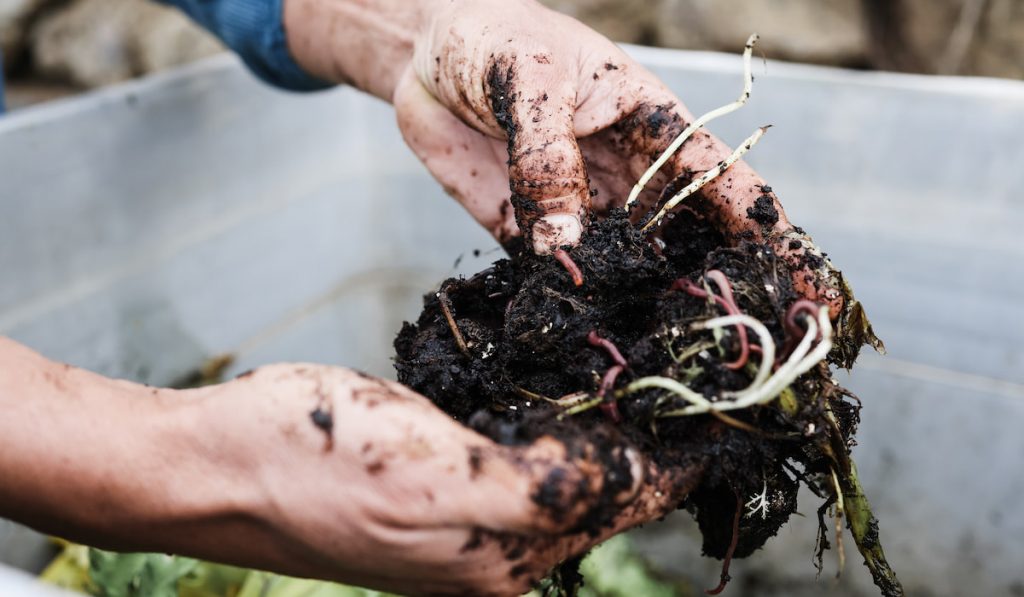
Advantages of Worms in Potted Plants
- Nurturing superfood – worm castings are a certain way of providing nutrient-packed fertilizers for your plants.
- Natural pest repellant – most pests such as aphids, spider mites, and scale insects are naturally repellant to worm castings and will always avoid your potting soil.
- Protection – Worm castings help improve plant immunity to infections and diseases through the introduction of good bacteria and beneficial microbes into the soil while extracting harmful toxins, bad bacteria, and fungi.
- Neutral pH levels – Worm castings help maintain the soil pH levels at neutral, making it favorable for most plants.
- Metal decay – Worms help to break down and detoxify heavy metal deposits in the soil, making your soil healthy and metal-free for your plant’s optimal growth.
Disadvantages of Worms in Potted Plants
- Some worm-like organisms, like grubs, are too invasive and depend more on the plant than on the soil, and will end up destroying plant roots.
- Worms eat decayed plant matter and if there isn’t enough, they start eating the plant material. In a case of overpopulation in a limited pot environment, competition for food will lead to a quick death of the plant.
- Not fit for acid plants – acid-loving plants will not thrive in a neutral pH range.
- You will require additional fertilizers – On its own, worm casting is not enough to provide all the necessary nutrients, especially for plants that need macronutrients.
- Time-consuming – worm casting is a slow and gradual process, and it takes time for the worms to fully enrich the soil with their excretions.
Types of Worms in Potted Plants
Earthworms
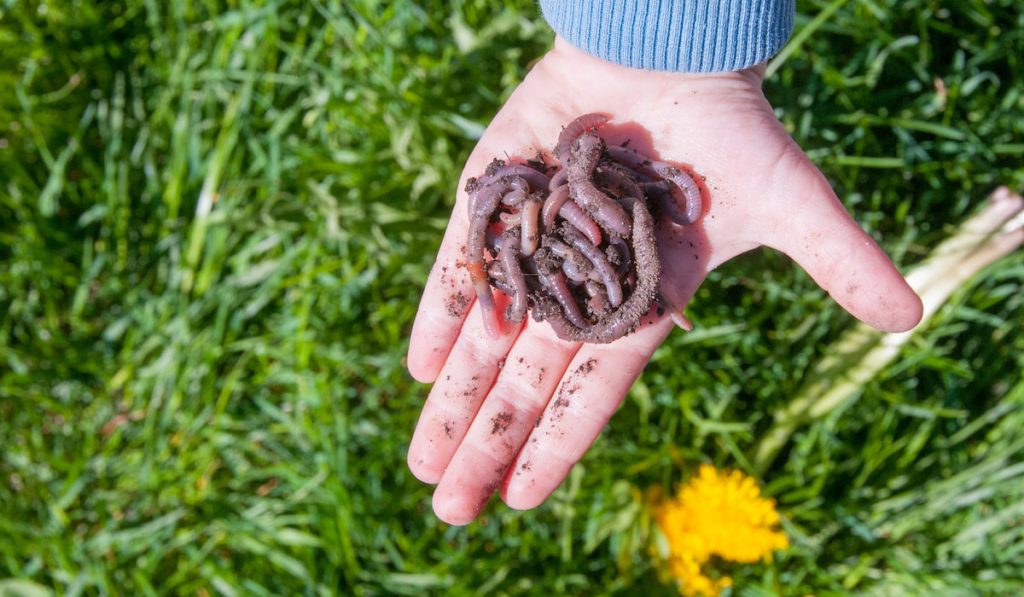
Also known as the farmer’s best friend, earthworms are the most common worms in every garden soil. They are beneficial to the plant because they decompose organic matter in the soil and breaks it down for plant use. Worm castings encourage the production of humus, which acts as a catalyst for natural compost.
They can be added to a potted plant, but if they are naturally there, it means that your soil is rich in nutrients. If you see them in your pot, let them be, and support their life by adding in mulches and other organic matter.
Earthworms have a brown-red body with slight yellowtail and grow 2-3 inches long. Various earthworms like the composting worms and the subsoil/topsoil living worms have different roles, but they all thrive in wet and warm soils.
GRUBS
Grubs are the larval stage of various beetles. However, no matter the type of beetle it will develop to be, grubs are bad and need to be exterminated from potted plants immediately. They are usually whitish in color and curled in a C-shape, but can be in different sizes.
At the early larval stage, they will feed on organic matter in the soil, but it won’t be long before they start eating the plant roots.
Since roots are crucial for the plant’s survival, your plant will gradually die off within days because of the damage.
To curb them, regularly stir and aerate your potting soil to remove any larvae present. You can also dig up your soil and search for them if you notice a weak plant.
Parasitic Nematodes
As the name suggests, parasitic nematodes are microscopic worms that live within the plant roots. Although they are microscopic enough not to cause death to your plant, they will gradually eat through the roots, leaving brown patches of rotting and dead cells.
Infested plants may have stunted to stilled growth. However, to curb them, you need to mix up your potting soils every season to bring the remaining nematodes to the surface to die before planting in the next season.
Pot Worms
Also known as enchytraeids, pot worms are slim, white, tiny earthworm-like worms often found in large numbers and exclusively live in potting soil. Though unattractive to see, they are not harmful but rather more beneficial to the plant and gardener. They should not be disturbed unless you have a genuine reason to relocate them.
Their presence helps in soil aeration and decomposition of organic matter in the soil, aiding in plant nourishment and soil decomposition. However, if they get too numerous, they may start competing for food with earthworms and it would be best to relocate them into a garden bed.
Millipedes
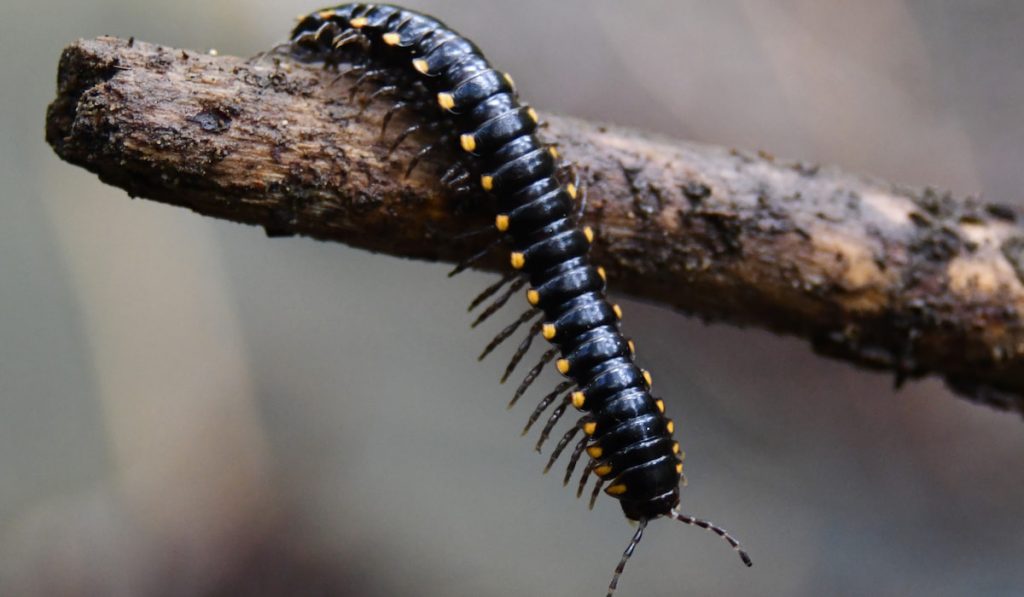
Millipedes have long reddish-brown or blackish bodies with many legs, often moving around searching for dark, damp spots to hide. They are beneficial worms to your plant, often attracted to pots that are frequently watered, so you may find them in or around the potted plant area.
Although they may consume plant material if they are in poor condition or decaying, millipedes are specifically helpful since they aerate the soil and help in the decomposition process of organic matter in the soil.
Getting Rid of the Worms
Here are a few ways to remove worms from your potting soil.
Repotting – worms might go unnoticed until you re-pot your plants. The only way to ensure worm-free soil is to use fresh potting mix. Be sure to rinse the plant roots to avoid the risk of importing any residual eggs on the plant. If the soil is heavily infested, it is best not to re-use it.
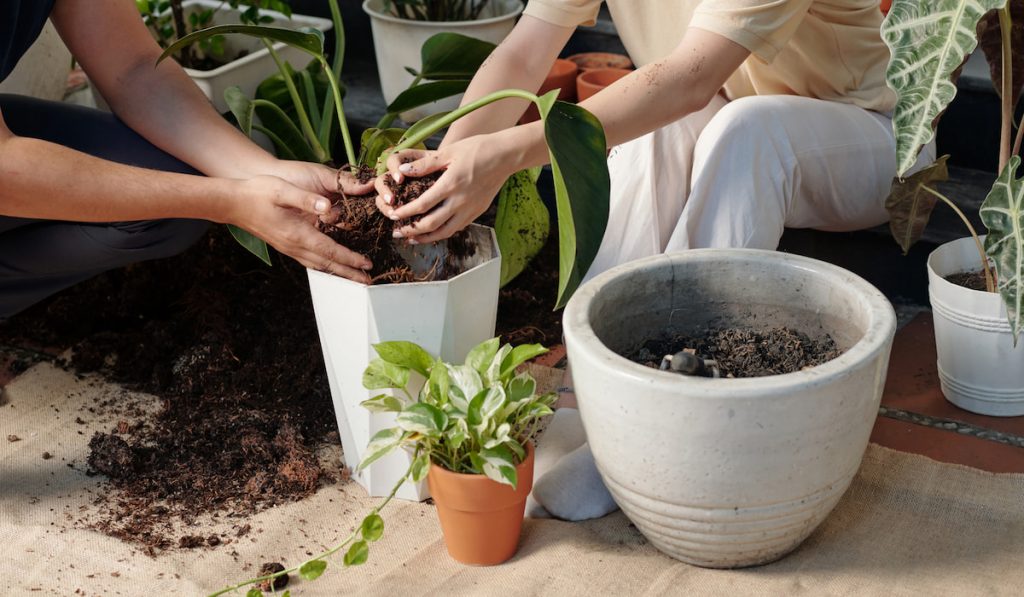
Plant soaking – periodically soak the plant’s base in water with insecticidal soap for at least 20 minutes. This effectively kills the bad worms with their eggs and larvae.
Natural predators – Introducing plant-friendly natural predators of grubs and worms like birds, frogs, praying mantis and fireflies is a good way to get rid of the worms and keep your potted plant healthy.
Chemical and organic agents like insecticides and nematicides will help kill the bad worms – Just ensure that the insecticide you use is safe for your plant.
Conclusion
Having worms in a potted plant’s soil is a good thing unless the worm is bad. Worms like grubs can be detrimental to the point of destroying a plant’s root system and should be addressed immediately.
However, worm castings are the best source of nutrients to the plants and this cannot be possible without the worms in the potting soil.
Resources
- https://www.backyardboss.net/worms-in-potted-plants/
- https://indiagardening.com/lists/types-of-worms-in-potted-plants/
- https://gardeningaid.com/types-of-worms-in-potted-plants/
- https://plantsheaven.com/how-to-get-rid-of-worms-in-potted-plants/
- https://www.growertoday.com/basics-of-worm-casting-uses-benefits-and-drawbacks/
- https://crateandbasket.com/adding-earthworms-to-potted-plants/

